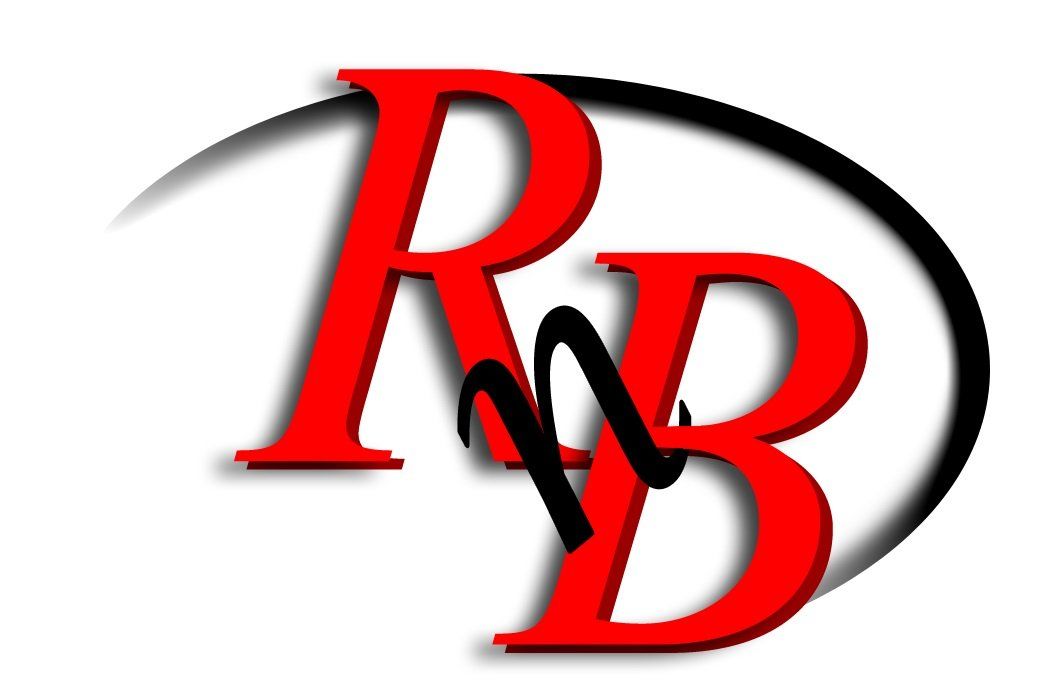Pro AV Catalog
Manufacturers
PRODUCT CATEGORIES
Matching Keywords
Model Numbers
Datavideo Corporation
7048 Elmer Ave
Whittier, CA 90602
United States
Whittier, CA 90602
United States
Project List
Video Switchers – What to buy in an uncertain economy
In planning equipment purchases for your company’s future, it is worth understanding how today’s uncertain economy is influencing your company’s budget. We suggest that you are cognizant of your company’s financial situation and take the initiative to open a dialog with the gatekeepers of your budget. Inform them of your current and future needs as well as the factors that go into your decision making process. With the best interests of the company in mind, define for them the current essential and future costs that invariably come with needed upgrades and replacements.
THE CASE FOR BUYING HD NOW
There’s no doubt that HD is appealing. Pick up any production magazine and people are talking about the future of HD and beyond. Remember, though, you should focus on what you need to do the job today and tomorrow. HD adds cost and complexity, and if you’re not going to take advantage of the benefits today, why incur the cost today?
Alternatively, buy equipment that allows you to make the transition over time. For example, the Datavideo SE-1000 video mixer allows for both HD and SD production. So you can buy the mixer now, even with your current SD infrastructure, and then upgrade the cameras, cables, and storage when you do shoot in HD. This would be a good hedge if you are not sure whether you may or may not have your first HD production in the near future. The HS-1000 Mobile Studio helps production companies transition from SD to HD as it can handle both environments.
Every production has to balance time, cost and available resources. So if considering new HD equipment, weigh the additional production costs you will incur for the current production with your company’s longer-term goals.
So what are the advantages of HD?
HD is captured at a higher resolution (larger image size-more data) than SD and therefore can be projected on HD televisions and HD projectors with more clarity. If you are, for example, projecting your live multi-camera production in a conference hall, using a high-resolution projector, an HD image will be sharper than an SD image.
Shooting in HD also provides flexibility, even when your initial output may be SD.
Producing in HD maximizes your delivery options. You can always down-convert. It’s much harder to up-convert. And in the future, the material you archive today will be the highest format available today.
Image quality depends on more than just HD or SD format.
Many consider an HD image as better quality than an SD image. This is not necessarily true. It really depends on the quality of the equipment and crew.
Image quality (exposure, color, sharpness) depend on the individual pieces of equipment (lenses, chips, connectors), recording formats, the proficiency of the personnel, and the conditions when capturing the image. An HD image is not always better than an SD alternative. There are SD cameras with great chips and lenses that produce, in the hands of a skilled shooter and lighting team, beautiful images in competition with HD cameras operated by a less skilled shooter and lighting team.
Mixing SD and HD in the same production
They will look more different than two cameras that can not be matched. The SD must be scaled up or given borders. Or, the HD must be cropped or scaled down and given borders.
HD Cost
The most significant downside to HD is the cost, and the cost is more than money. With HD, there is more required storage space than SD. For example, 1 hour of SD content will take up 12 Gigs of your 1 Terabyte hard drive, whereas 1 hour of 1080i HD content can consume up to 30 Gigs of capacity. That additional data also translates into additional capture, processing, edit, render and output time.
HD is changing - 1080i or 1080p
Today (Jan, 2009) most live event HD switchers are 1080i. We’re starting to see 1080p cameras and 1080p NLE’s. 1080p switchers require twice the processing power of 1080i switchers. This means that at today’s prices, the 1080p internal processers are twice as expensive for the same features. However, in 12 months it should be about the same price as the one for 1080i today. Do you need 1080p, will you use 1080p, should you wait, should you buy HD now and have both 1080i and 1080p?
You must be logged in to add more than four items to your comparison list.
Register today!
With a free My-iQ account, you'll be able to keep track of the latest updates and
event notifications from your favorite AV
manufacturers, manage your own projects and discover new pro-AV products.
close
Thank you!
Someone will be in touch with you shortly.
Contact RnB Enterprises, Inc.
close
Request more information from a dealer near you
close
Request more information from a dealer near you
We design and install spaces to be functional and work smarter based on your specific needs. Let’s talk technology
REQUEST A CONSULT
OR CALL 800-998-8865
Quick Links
Share by:



